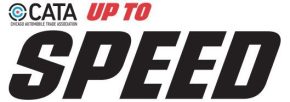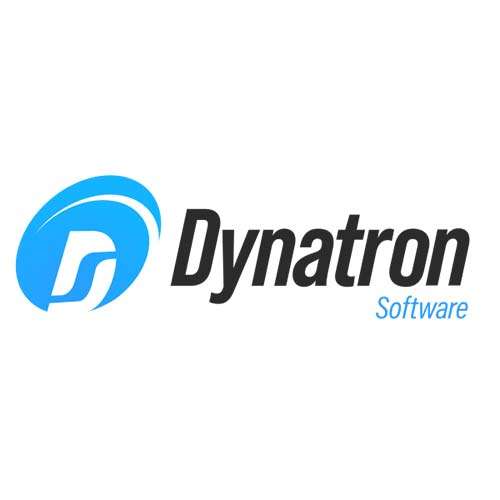Almost daily, we encounter situations on the phone or on the service drive where customers are hesitant to proceed with a diagnostic service and repair due to cost (the dreaded diagnostic fee). At your dealership, it’s essential to strike a balance between maintaining profitability and ensuring customer satisfaction. In this article, we’ll explore two common scenarios where the diagnostic fee can create barriers and how we can address them leveraging service to build stronger customer relationships AND sell the diagnostic and the repair 90% or more of the time.
Scenario 1: The Lost Call
Picture this — a concerned customer calls in, describing a mysterious squeaking noise in the front of her car. They inquire about the cost and the possibility of your earliest appointment. However, the service advisor informs the customer about the $129.95 diagnostic fee required to identify the issue. The customer says they need to mull it over and will call back. Sadly, the call never comes, and the opportunity may have slipped away.
Scenario 2: The Wall of Hesitation
Another customer walks into the shop with a strange noise issue in the car’s front end. The service advisor mentions the $129.95 diagnostic fee to uncover the problem and provide a repair quote. The customer hesitates and considers backing out, deciding to stick with just an oil change instead. The advisor quickly offers to waive the fee if the customer chooses to have the repair done at the shop, seemingly removing the barrier.
While offering to waive the diagnostic fee might seem like a win-win solution, it can lead to an unintended consequence. If the repair quote includes the diagnostic fee, the customer might feel misled, perceiving the shop as unnecessarily expensive. This can drive them to seek alternatives, potentially losing the customer altogether.
How to Overcome the Diagnostic Dilemma
In order to overcome the diagnostic dilemma, it is important to understand and implement the 3-Tier Diagnostic Process, a powerful marketing tool designed to boost customer engagement and increase repair sales.
Understanding the 3-Tier Diagnostic Process
The 3-Tier Diagnostic Process is not just another way to diagnose vehicle issues; it’s a strategic approach aimed at winning over customers and selling necessary repairs. As the name suggests, it involves three diagnostic charges, cleverly named DIAG1, DIAG2 and DIAG3. These charges are designed to play a vital role in getting customers through the door and convincing them to proceed with the required repairs.
- DIAG1 — The Customer Engager: DIAG1 is the lowest‑priced diagnostic fee and serves as a tool to encourage customers to come in for a diagnostic service. This diagnostic can be sold over the phone, making it perfect for service advisors and BDC reps to use when talking to customers. By charging a small fee for this service, the shop can filter out those who are merely curious and not willing to invest in necessary repairs. DIAG1 sets the stage for the entire process.
- DIAG2 — Convincing the On-Site Customer: DIAG2 comes into play when the customer is already in the shop and explains an issue with their vehicle to the advisor. It is priced higher than DIAG1 but remains reasonable enough not to drive the customer away. By offering DIAG2, the shop increases the likelihood of the customer staying on-site for the diagnostic, thus creating an opportunity to propose the essential repairs.
- DIAG3 — Reserved for Complex Cases: DIAG3 is reserved for special cases involving heavy-duty trucks, diesels, complex electrical problems, and intricate engine and vehicle issues. This diagnostic is the exception, not the norm, and should only be used when truly necessary. Experience shows that DIAG3 often leads to declined repair work, making it essential to use it sparingly.
Benefits of Implementing the 3-Tier Diagnostic Process
Now that we understand the fundamentals of the 3-Tier Diagnostic Process, let’s explore its benefits and why it’s preferred over offering free diagnostics:
- Filtering Uncommitted Customers: By charging a small fee for diagnostics, the shop filters out customers who are merely seeking free estimates and have no intention of investing in repairs. This ensures that the shop’s time and resources are focused on customers who are more likely to proceed with the recommended repairs.
- Boosting Customer Confidence: The tiered approach helps build customer confidence as they are gradually introduced to the diagnostic process. Starting with a lower-priced diagnostic (DIAG1) and gradually moving up if necessary (DIAG2 and DIAG3) makes customers more receptive to the idea of investing in repairs.
- Increasing Repair Sales: By leveraging DIAG1 and DIAG2 as marketing tools, the shop paves the way for selling the required repairs. Customers become more inclined to accept the proposed repairs, having already invested in the diagnostic process.
Remember, each shop’s pricing and approach may vary, so tailor the process to suit your specific market and customer base.
Conclusion
By following the 3-Tier Diagnostic Process as outlined, your shop can expect to sell a DIAG opcode 95% or more of the time. This will improve your Repair Effective Labor Rate (ELR) since DIAG opcodes have higher ELRs than most other services.
Incorporating the 3-Tier Diagnostic Process into your service department’s workflow can lead to a remarkable improvement in performance. By utilizing DIAG1, DIAG2 and DIAG3 as marketing tools and documenting the diagnostic results on the RO, your shop can filter out uncommitted customers, boost customer confidence and significantly increase repair sales.
This strategic approach not only helps filter out uncommitted customers but also builds confidence and drives repair sales, ensuring your shop remains both profitable and customer-focused. Ready to take your service department to the next level? Learn more about how Dynatron Software can help you implement this process and achieve outstanding results.








